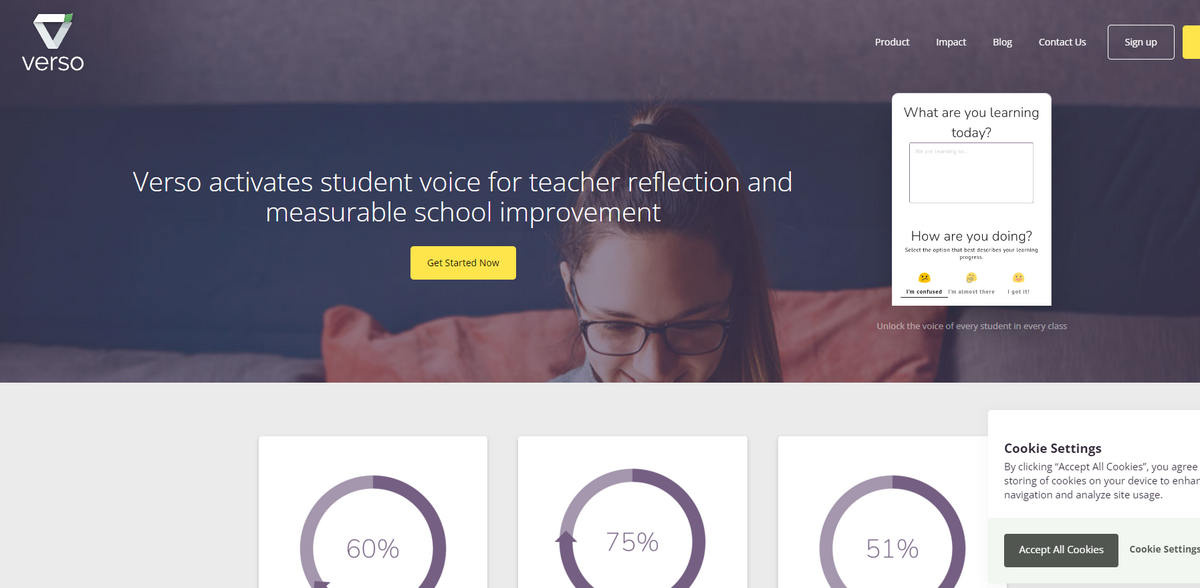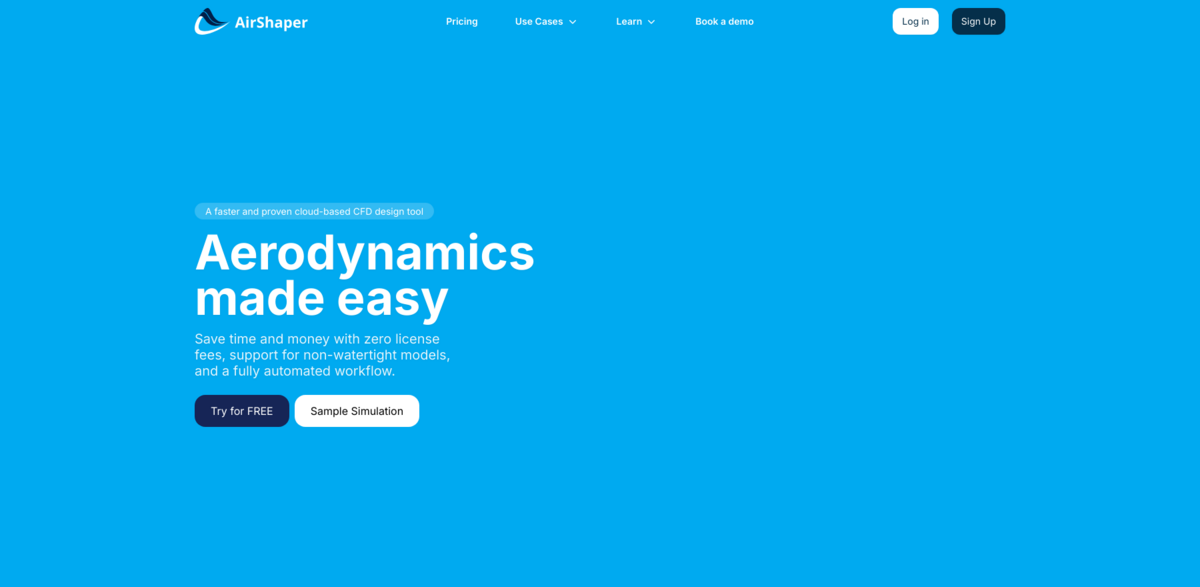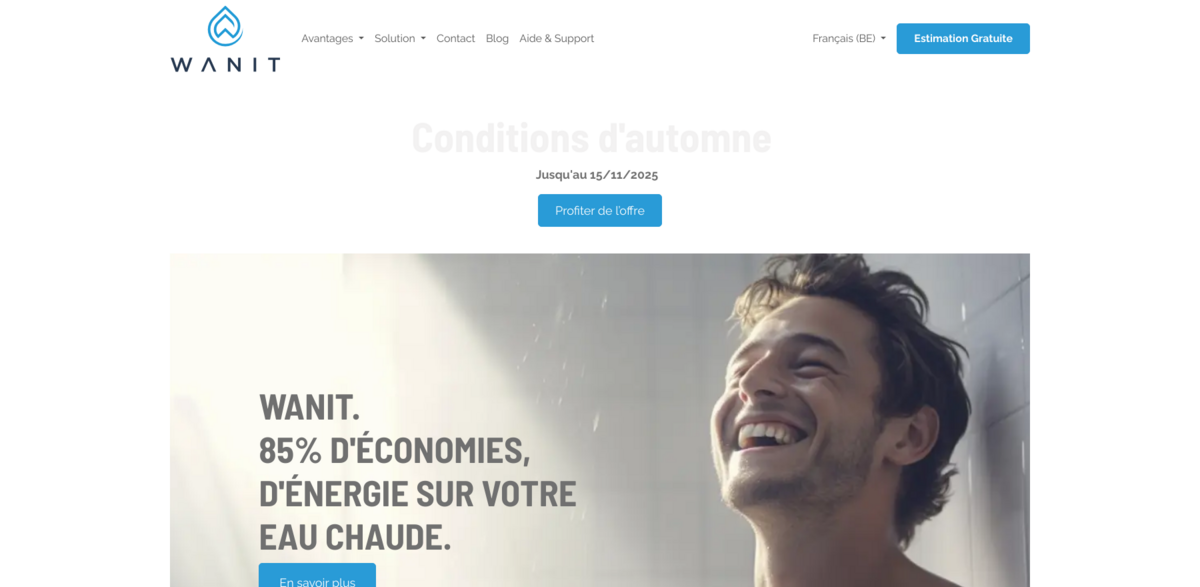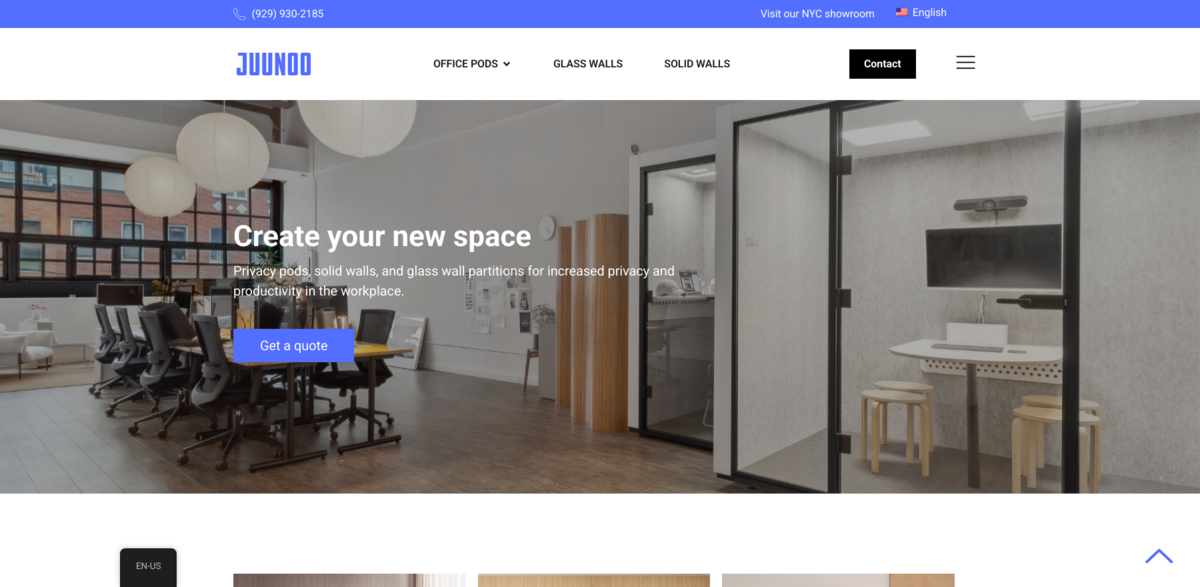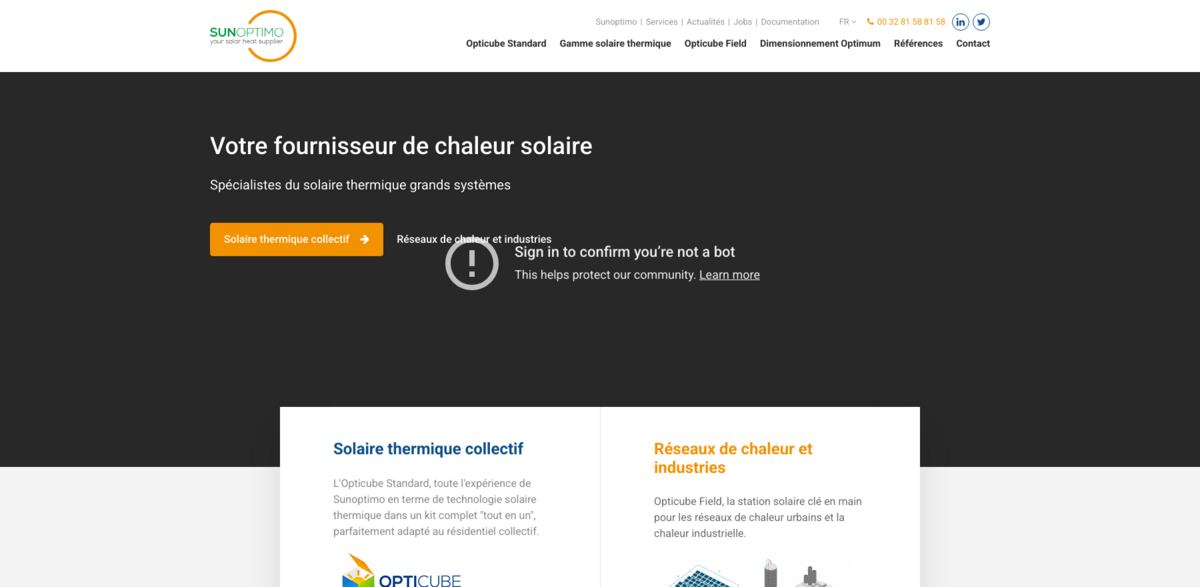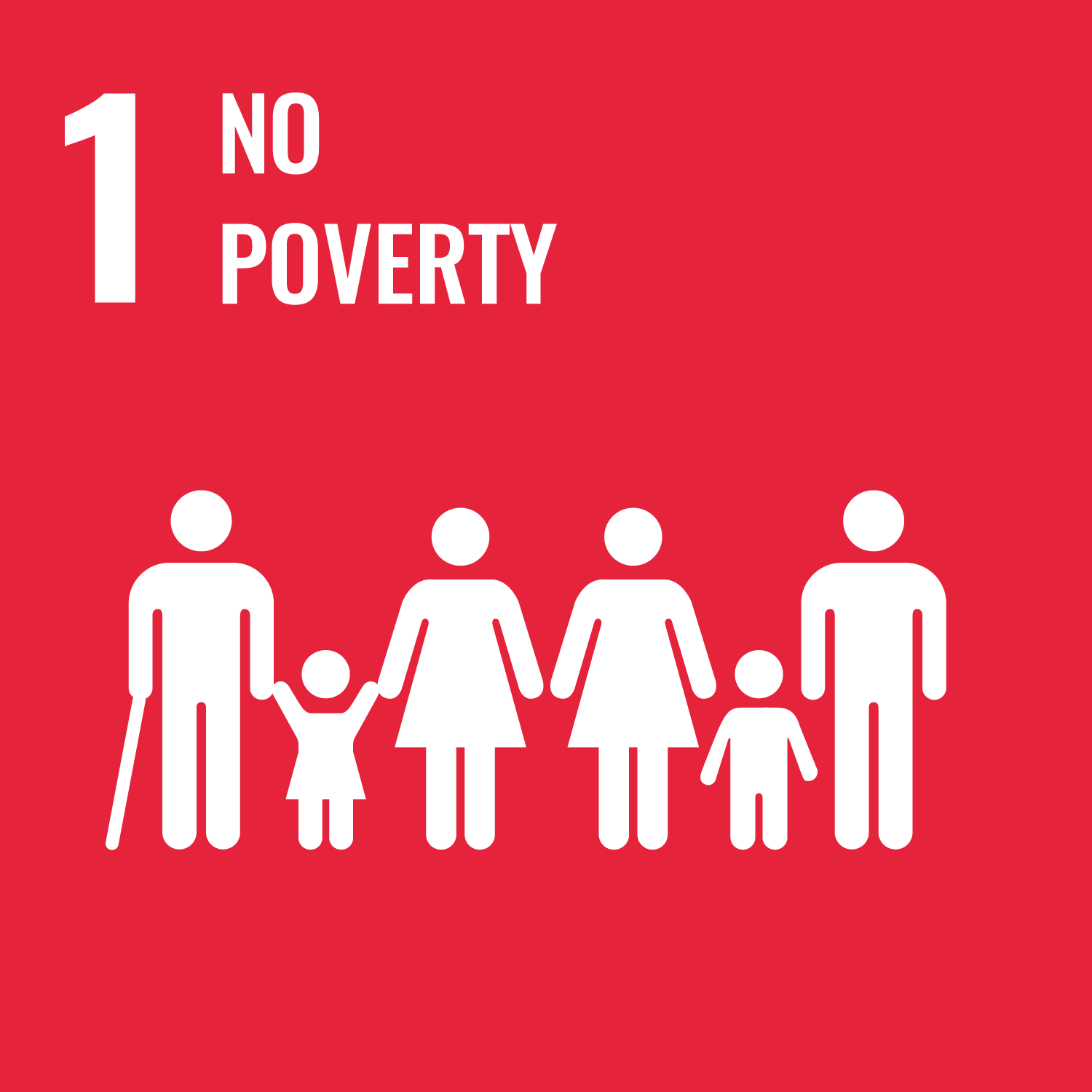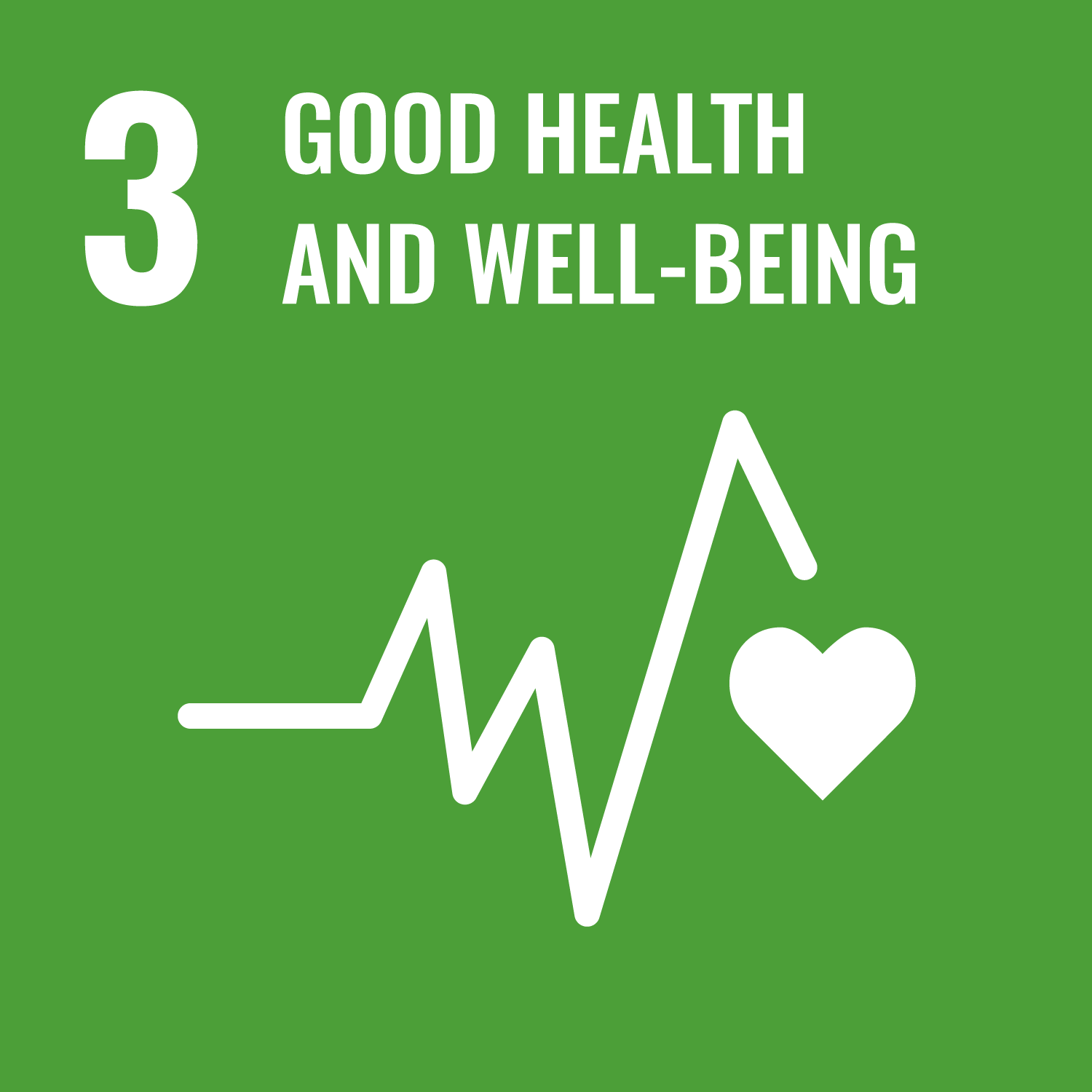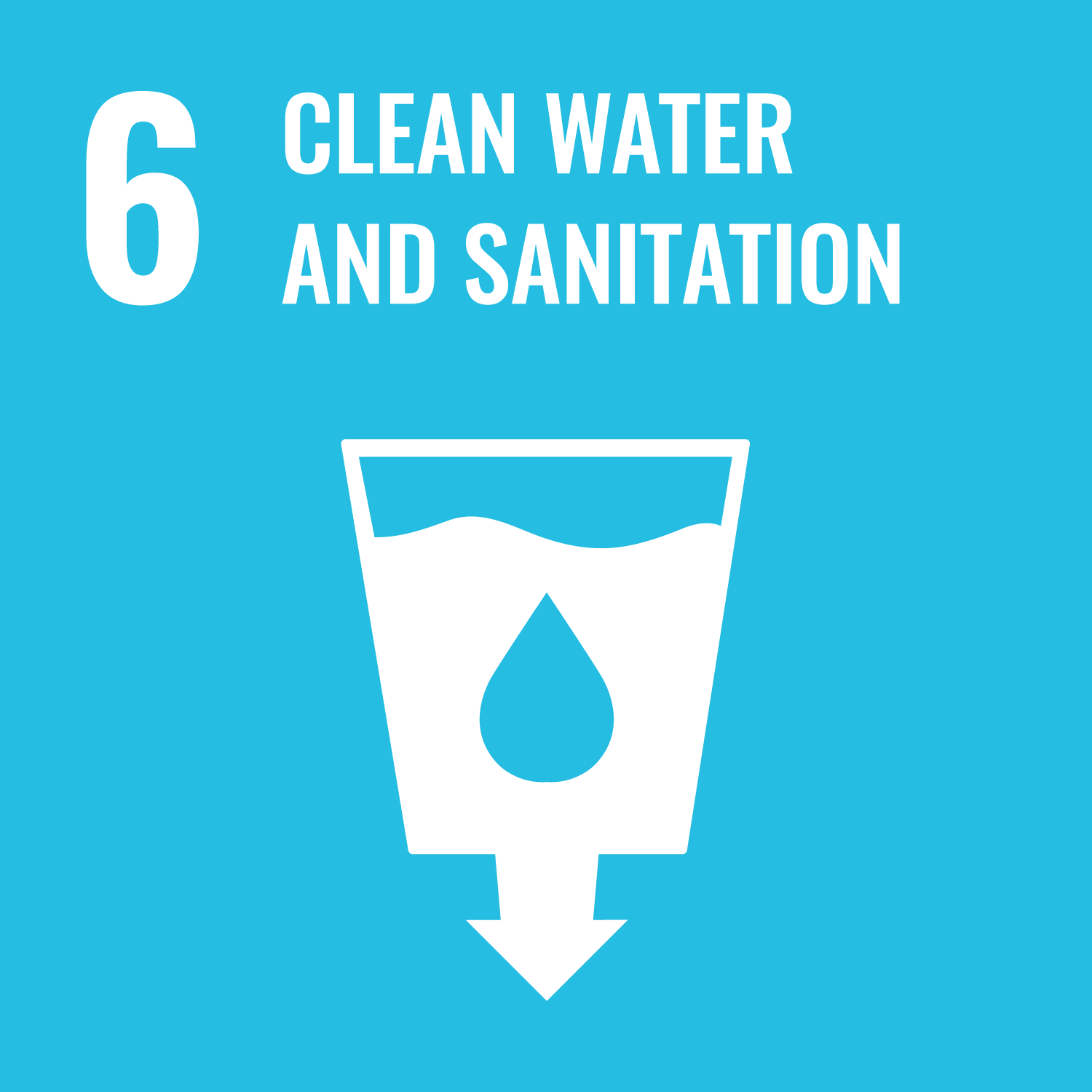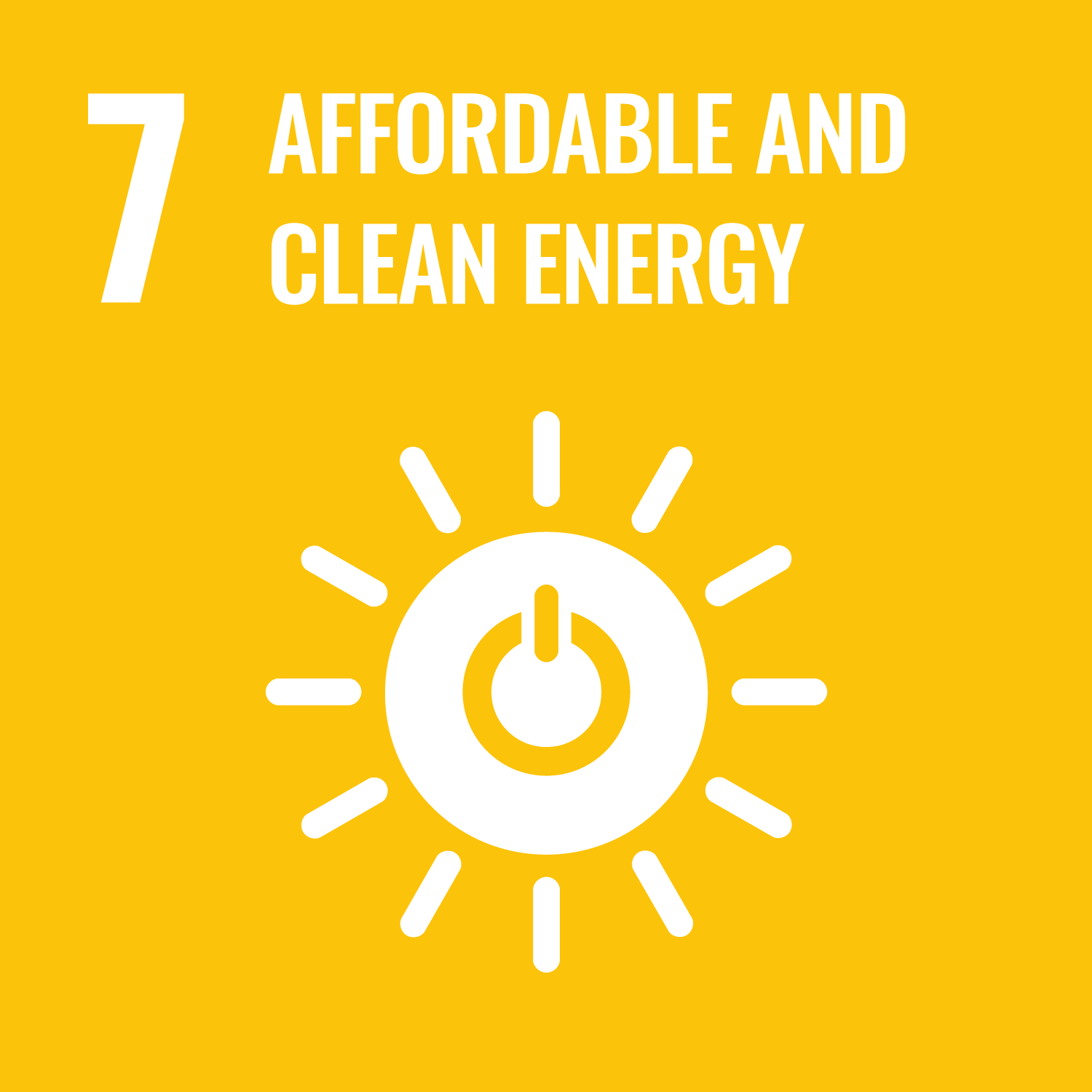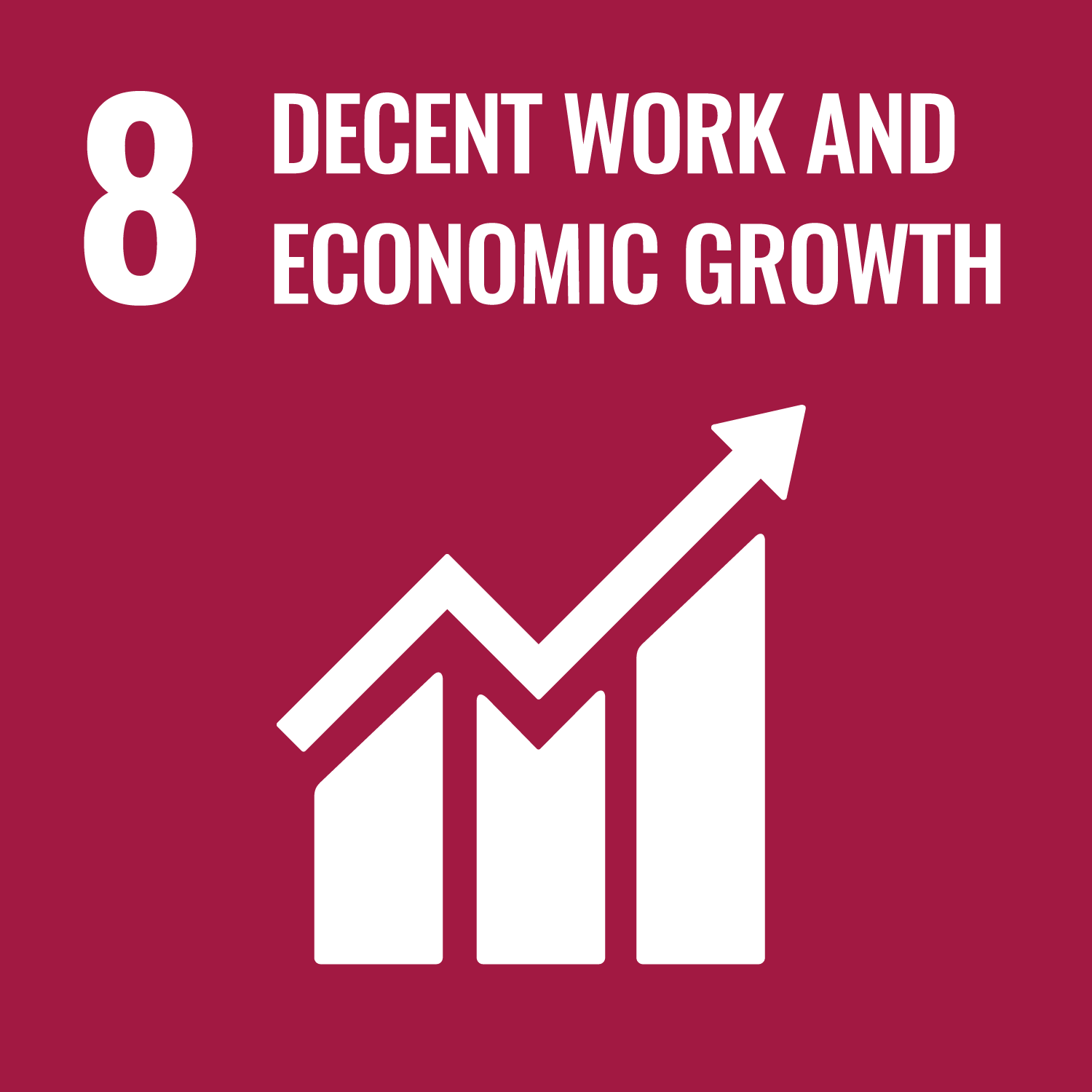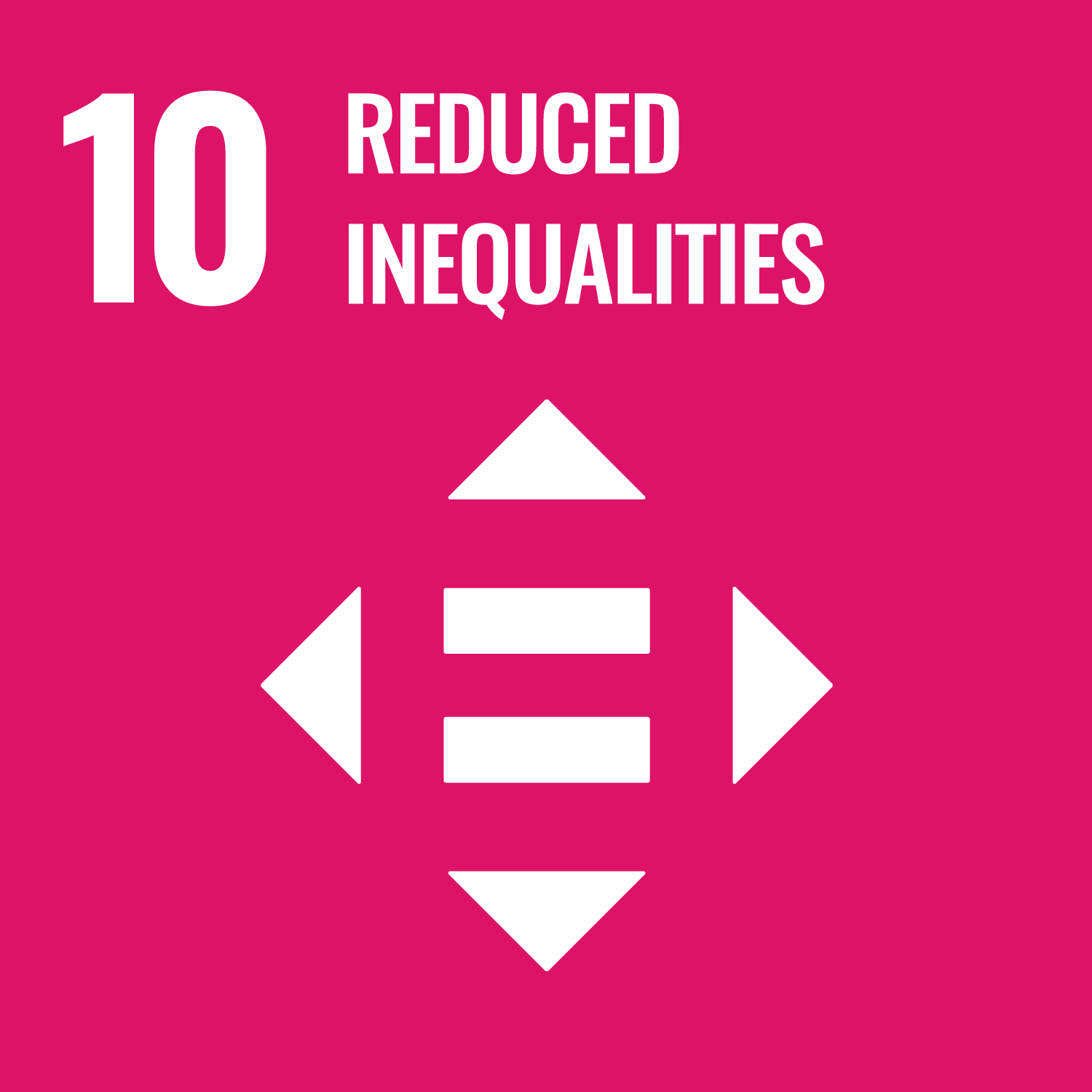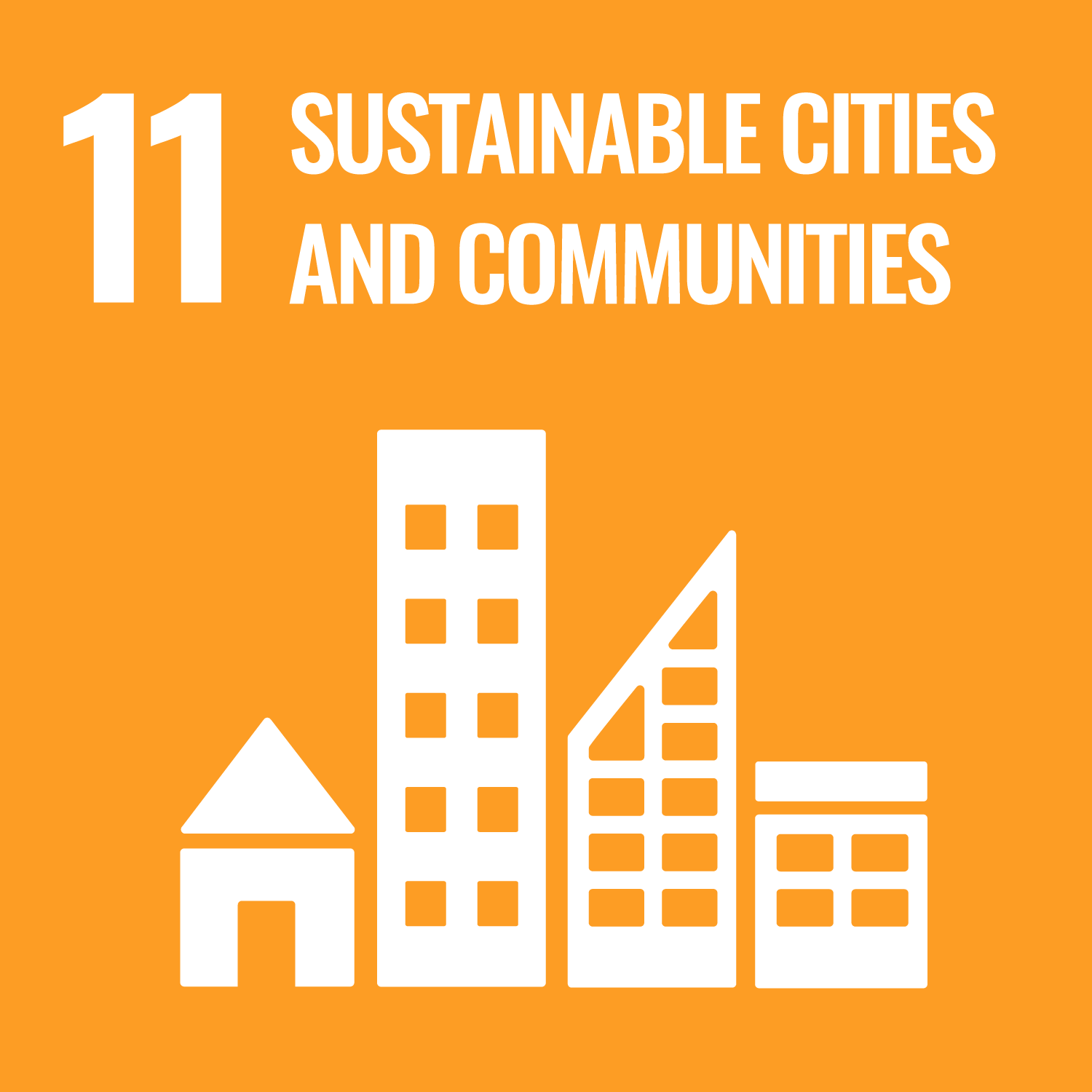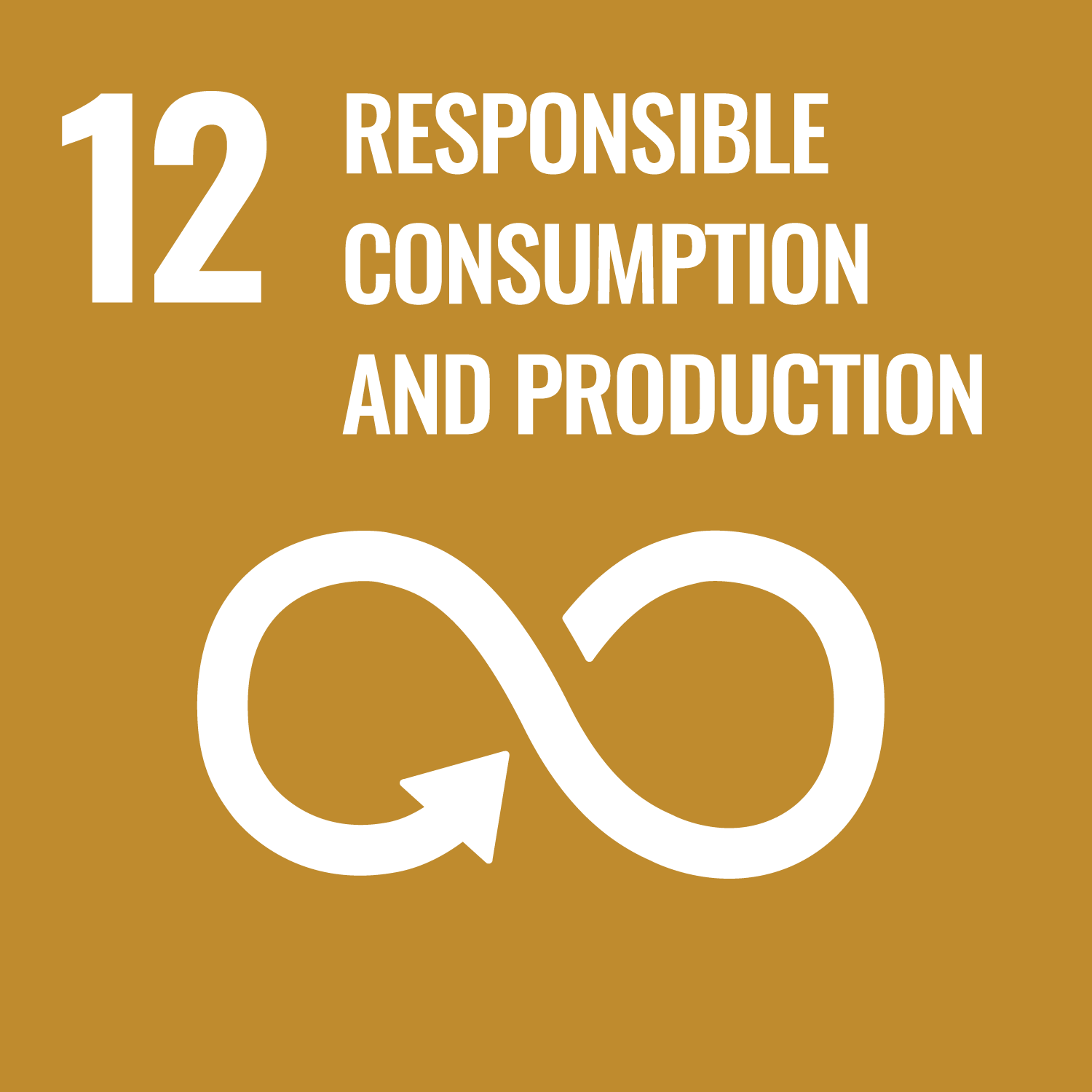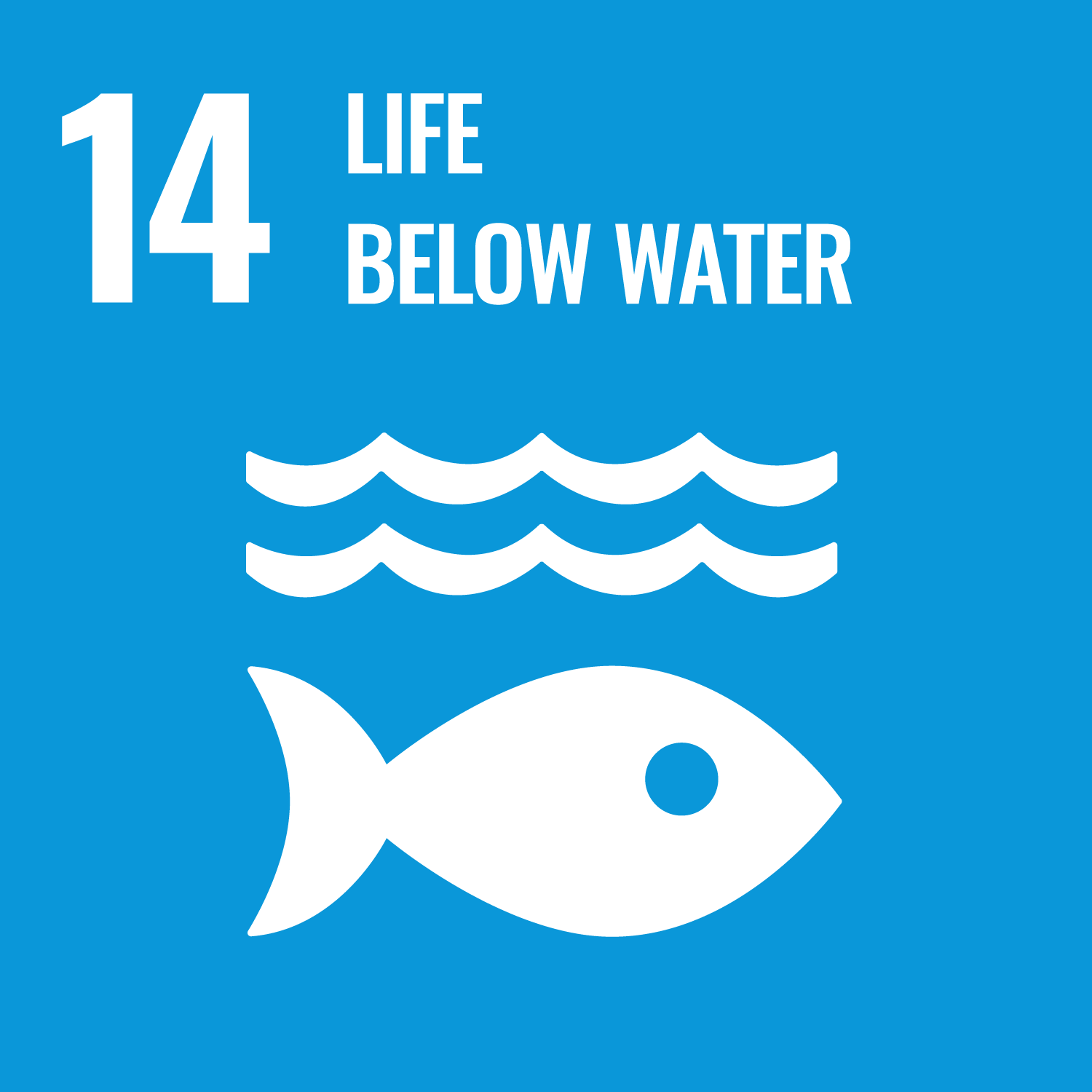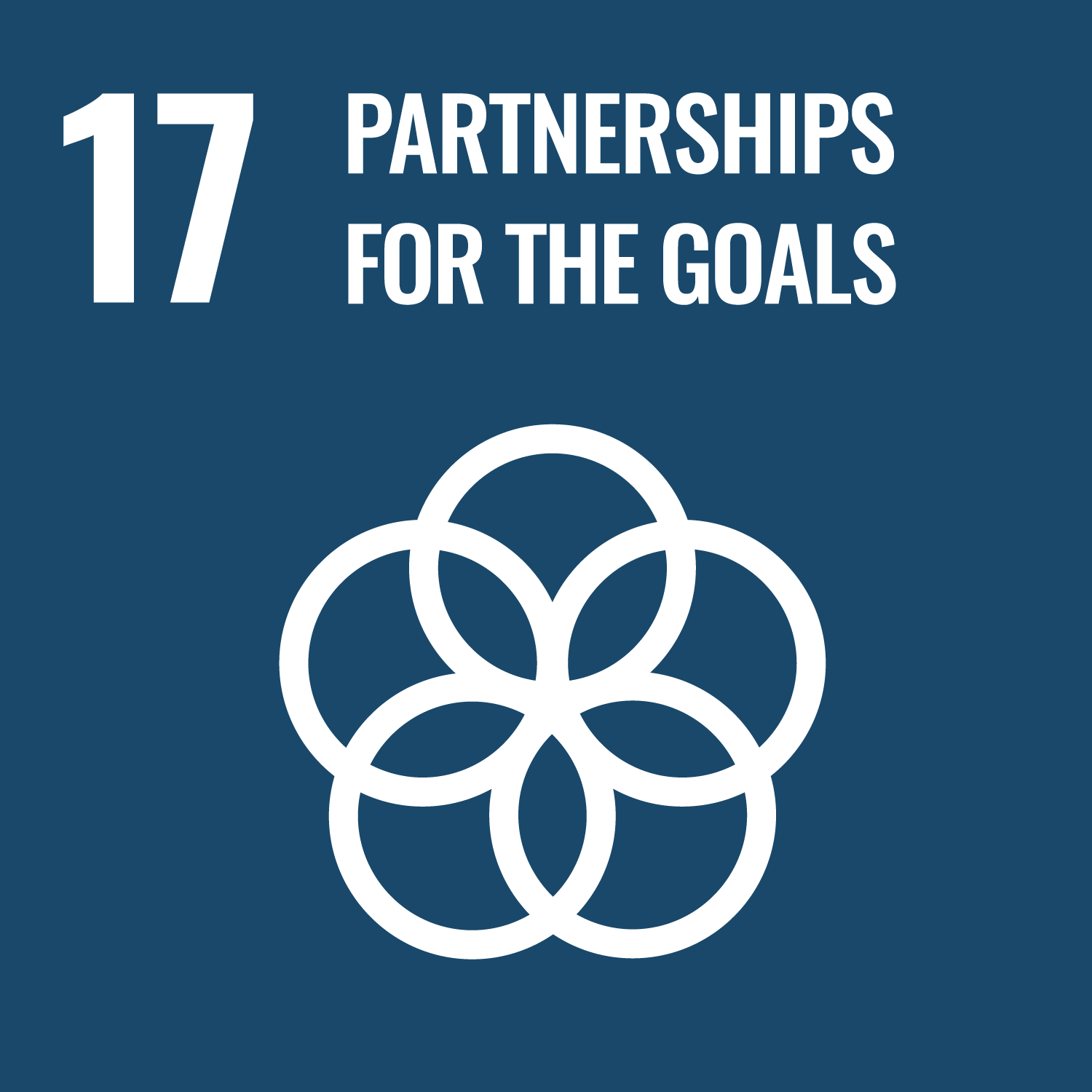Introduction to Verso Learning
Verso Learning is a project that helps students share their thoughts and feelings about what they learn in class. It is very important for teachers to know how their students feel and understand the lessons. This project uses a special tool called the Instant Check-in. This tool helps teachers see how well students are doing and how they feel during lessons. By using this tool, schools can improve teaching and learning. It also helps students feel more positive about their education. This article will explore the benefits of Verso Learning and how it connects to sustainable development goals.
Key Benefits of Verso Learning
- Enhances student voice and agency in the classroom.
- Improves student understanding of learning objectives by 51%.
- Increases positive feelings among students by 60%.
- Provides actionable feedback for teachers to adjust their teaching methods.
- Supports mental health and wellbeing of students.
Understanding the Importance of Student Voice
Student voice is very important in education. When students can express their thoughts, they feel more involved in their learning. Verso Learning helps students share their feelings about lessons. This makes them feel like they are part of the learning process. When students feel heard, they are more likely to engage with the material. This engagement leads to better understanding and retention of information. Teachers can use this feedback to improve their teaching methods. This creates a better learning environment for everyone.
How Verso Check-ins Work
The Verso Check-in is a simple tool that students use during lessons. It asks them how they feel and what they understand. Students choose from a list of words to describe their feelings. This helps teachers see if students are confused or happy. The data collected helps teachers adjust their lessons. For example, if many students feel confused, the teacher can change their approach. This immediate feedback is very valuable. It allows for real-time adjustments that can enhance learning outcomes.
Benefits for Teachers
Teachers also benefit from using Verso Learning. They receive clear data about their students’ understanding. This data helps them reflect on their teaching practices. With the insights gained from the Check-in, teachers can focus on areas that need improvement. This leads to more effective teaching strategies. Teachers feel more relaxed and confident when they know how their students are doing. They can see the impact of their teaching and make necessary changes. This creates a positive feedback loop that enhances the overall learning experience.
Supporting Mental Health and Wellbeing
Verso Learning is not just about academic success; it also supports students’ mental health. By allowing students to express their feelings, it creates a safe space for them. When students can talk about their emotions, it helps them feel better. This is especially important in today’s world where mental health issues are rising. Schools that use Verso Learning report improvements in student wellbeing. This holistic approach to education is essential for developing well-rounded individuals.
Linking to Sustainable Development Goals
Verso Learning aligns with several United Nations Sustainable Development Goals (SDGs). By promoting quality education and fostering student engagement, it contributes to building a better future. The project encourages inclusive and equitable education, which is vital for sustainable development. It also supports mental health and wellbeing, which is crucial for a healthy society. By empowering students, Verso Learning helps create responsible and engaged citizens.
- Goal 4: Quality Education
- Goal 3: Good Health and Wellbeing
- Goal 10: Reduced Inequalities
- Goal 16: Peace, Justice, and Strong Institutions
- Goal 17: Partnerships for the Goals
Conclusion
In conclusion, Verso Learning is a powerful tool that enhances student voice and supports teachers. It creates a positive learning environment that benefits everyone involved. By focusing on student wellbeing and understanding, it aligns with the United Nations Sustainable Development Goals. For more information, visit Verso Learning.

